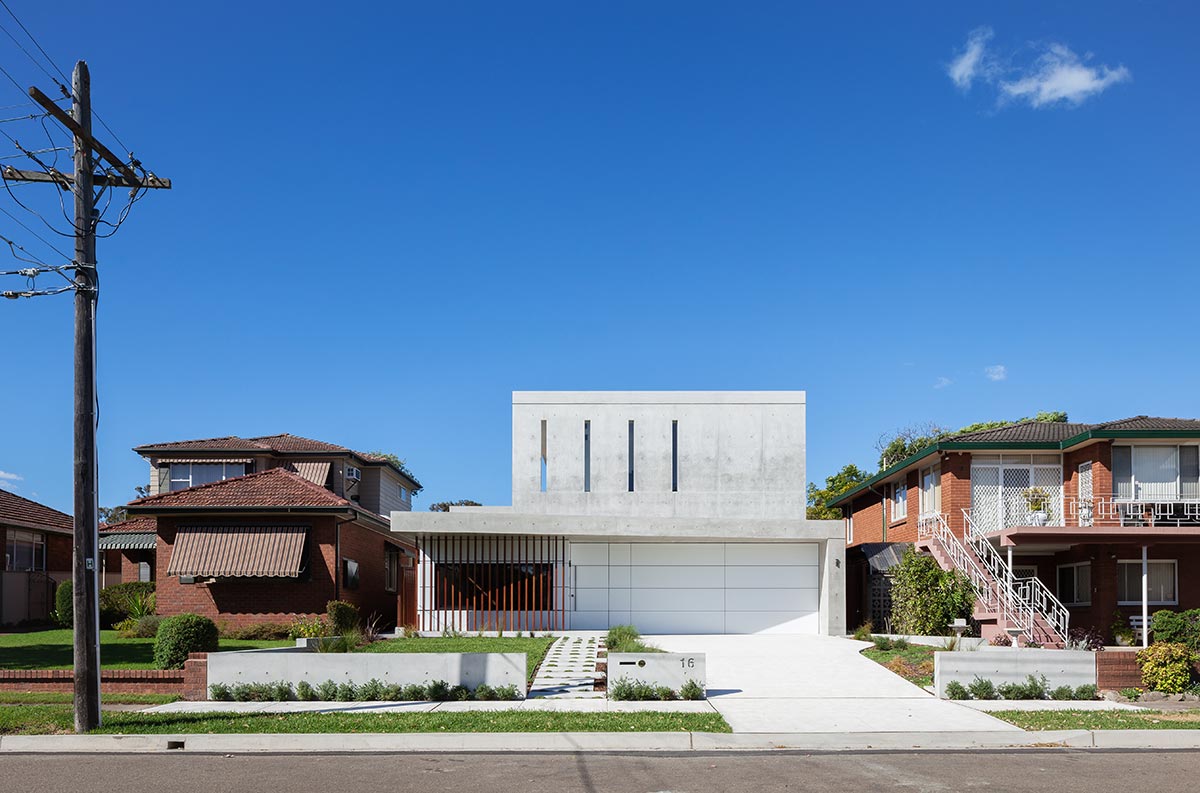Achieving Sustainability and Longevity With Eco-Friendly Concrete Building And Construction Solutions for Your Job
In the realm of building and construction, the pursuit for sustainability has ended up being significantly imperative. As the demand for environmentally friendly techniques increases, the concentrate on using concrete solutions that are not just sturdy however likewise environmentally aware has actually amassed considerable attention. The assimilation of environment-friendly products and sustainable building methods holds the assurance of cultivating long life in projects while alleviating damaging ecological influences. By checking out ingenious environment-friendly concrete building and construction solutions, an unified equilibrium between sturdiness, sustainability, and ecological duty can be achieved.
Advantages of Eco-Friendly Concrete
The advantages of utilizing environmentally friendly concrete in construction projects extend past environmental advantages to incorporate cost-effectiveness and resilience. Additionally, this type of concrete can add to acquiring environment-friendly building certifications, which can boost the marketability and value of a construction task.

Lasting Construction Practices
Having developed the advantages of environmentally friendly concrete in building tasks, the emphasis now moves towards sustainable building practices that better enhance environmental stewardship and long-lasting viability in the structure market. Lasting building techniques involve the integration of ecologically friendly approaches throughout the whole building process, from layout to demolition. This includes using recycled materials, optimizing power effectiveness, minimizing waste generation, and advertising the wellness of both the environment and occupants.
One secret element of lasting building and construction is the unification of renewable power resources like photovoltaic panels and geothermal heating unit to reduce dependence on traditional energy grids. In addition, implementing green building certifications such as LEED (Leadership in Energy and Environmental Design) or BREEAM (Building Study Facility Environmental Assessment Method) can help ensure that projects fulfill strict sustainability criteria.
Moreover, lasting building methods focus on water preservation with using reliable plumbing components and rainwater harvesting systems. By taking on these eco-conscious strategies, building tasks can substantially decrease their environmental effect while advertising a much more durable and lasting constructed setting for future generations.

Durability Via Eco-friendly Materials
Utilizing resilient eco-friendly products in building and construction tasks is essential for guaranteeing the longevity and sustainability of buildings. By picking high-quality, durable eco-friendly products, building projects can minimize the need for frequent repairs and substitutes, hence extending the life expectancy check my source of the building.
Products such as recycled steel, reclaimed timber, bamboo, and recycled glass are instances of eco-friendly products that offer both durability and sustainability benefits. These products not only add to the strength of a structure but additionally aid reduce its carbon footprint. In addition, green materials typically need much less maintenance and upkeep, additional boosting the longevity of the structure.
Incorporating eco-friendly materials right into building and construction projects is a proactive technique towards achieving sustainability and lasting feasibility in the constructed atmosphere - concrete contractors near me. By prioritizing resilience and ecological obligation, contractors and designers can produce structures that stand the test of time while reducing their environmental effect
Ecological Effect Decrease
Purposefully executing eco-conscious methods can considerably mitigate the ecological impact of concrete construction projects. By prioritizing lasting sourcing of resources, such as utilizing recycled accumulations and auxiliary cementitious products like fly ash or slag, the carbon footprint of concrete production can be reduced. Additionally, maximizing the mix design to reduced cement content while keeping efficiency criteria helps decrease greenhouse gas exhausts linked with concrete production.
During building, reducing waste generation with effective job planning and using innovative methods like prefabrication can additionally minimize the ecological impact. Incorporating techniques for water preservation, such as on-site water recycling systems and permeable pavements, helps lower water intake and overflow contamination (concrete contractors near me). Furthermore, carrying out energy-efficient practices in concrete healing and building and construction tools operation can add to reducing total energy usage and associated discharges
Eco-Friendly Solutions for Projects
Executing eco-friendly services in building tasks is vital for decreasing environmental impact and advertising sustainability. From the layout stage to the materials used, there weblink are various means to incorporate green practices right into construction jobs. One reliable method is to prioritize the use of sustainable materials, such as recycled concrete accumulations or redeemed timber, which can assist minimize the carbon footprint of the project. Furthermore, making use of energy-efficient innovations like photovoltaic panels or geothermal heater can better improve the eco-friendliness of the construction procedure.
An additional critical aspect of eco-friendly building and construction options is waste monitoring. Carrying out reusing programs on-site and guaranteeing appropriate disposal of building and construction waste can dramatically lessen the ecological influence of a project. Moreover, designing buildings with efficient water administration systems, such as rainwater harvesting or greywater recycling, can contribute to preserving this beneficial source.
Conclusion
In verdict, taking on environment-friendly concrete building remedies uses numerous benefits check over here for projects, including sustainability, long life, and reduced environmental influence. By including environment-friendly materials and sustainable methods, construction tasks can add to an extra ecologically friendly and sustainable future. It is crucial for firms and people in the building sector to focus on environment-friendly remedies to assist minimize the adverse effects of conventional construction techniques on the atmosphere.
The advantages of utilizing green concrete in building tasks expand past ecological advantages to include cost-effectiveness and longevity. By choosing environmentally friendly concrete, building and construction tasks can accomplish sustainability goals without jeopardizing on high quality or performance.
Having actually established the advantages of environmentally friendly concrete in building projects, the emphasis now moves towards lasting building and construction techniques that even more enhance environmental stewardship and long-term viability in the building industry.In verdict, adopting green concrete building options uses various benefits for projects, consisting of sustainability, longevity, and minimized environmental influence (concrete contractors near me). It is essential for firms and individuals in the building market to focus on environmentally friendly remedies to assist mitigate the unfavorable effects of traditional building and construction techniques on the setting